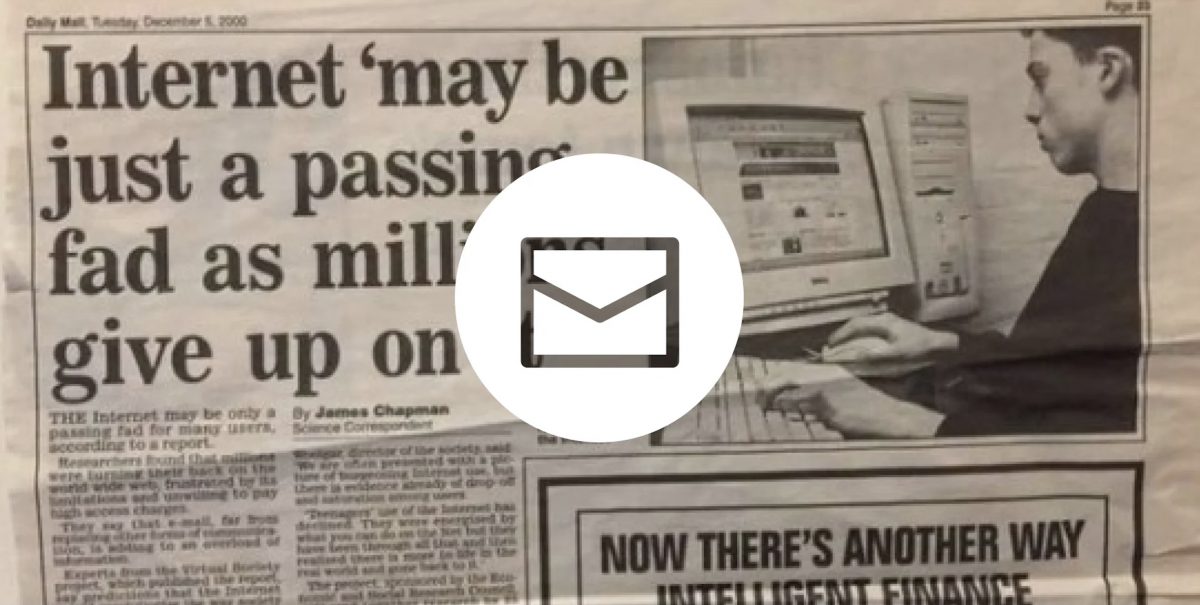Not so long ago, newspaper headlines covered the massive tension between the Internet and the traditional media. With a gradual push forward, the new media transformed every human experience as we know it. Some were delightful, others frustrating and downright devastating.
What I like about the current shift towards decentralisation is the opportunities it presents for UX. For example, VC Paul Graham (@paul on Twitter, worth a follow) hit the nail on the head with the following comparison:
“Present-day cryptocurrency experts are like neckbeard hackers in the 80s saying “who needs more than a command line?” and thus failing to invent GUIs. Or if you want a more recent example, the people who said “just write a cron job” and thus failed to start Dropbox.”
The critical challenge for every UX designer will be to race ahead of the technology and solutionism that is feasibility driven. Blockchain will allow us to give good customer experiences beyond the UI features. However, we must first understand the broader impact of these experiences on human beings, as failure to do so will prolong the adoption of this inspiring tech.
I
What’s to come: The three blockchain patents for UX
To illustrate the upcoming experience design evolution, here are a few recent patent filings.
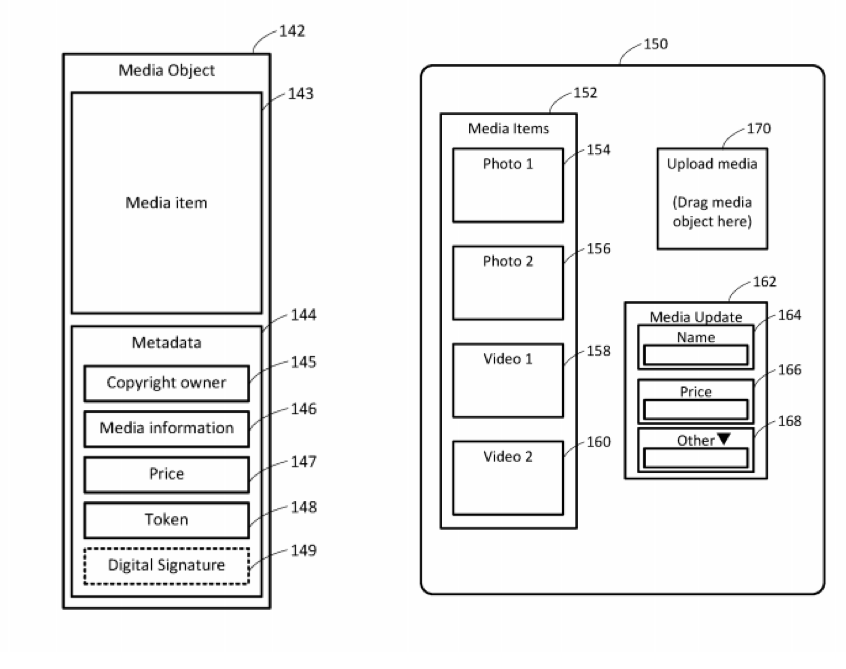
1. Visa’s embedded payment tokens for digital media
What if any digital artefact could have embedded metadata that would also contain a variable price tag? Customers could drag an image on to their desktop and checkout immediately with the said price tag. Better yet, the ownership, license and media handling details would reside on the blockchain indefinitely.
Patent docs for the nerdy: http://bit.ly/3bq7jNz
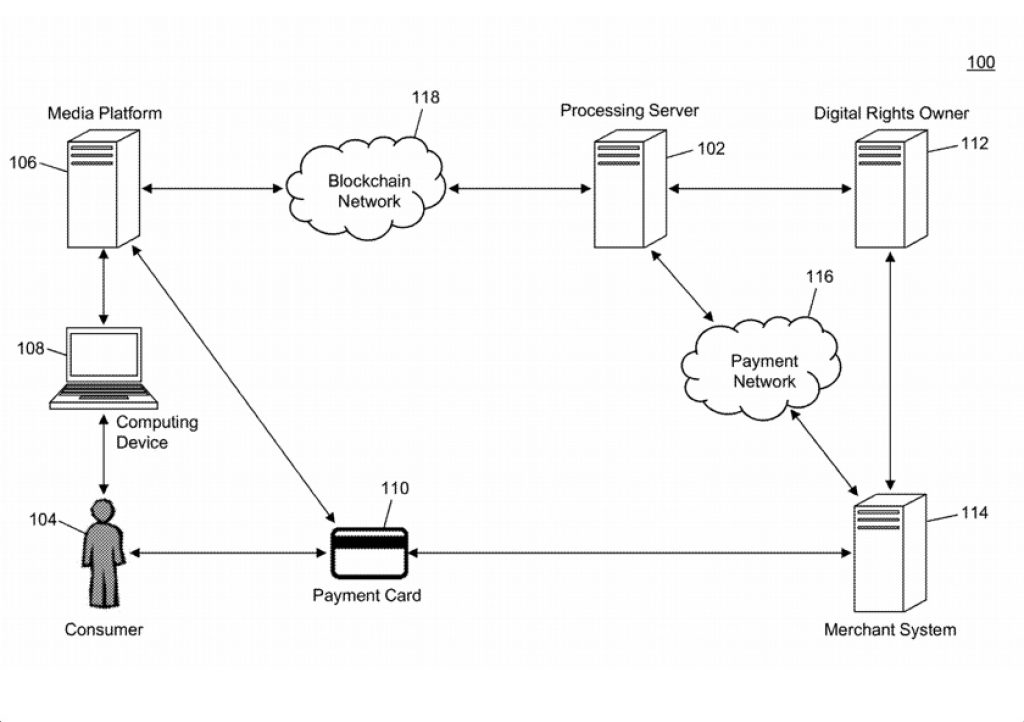
2. Mastercard’s digital media rights processing
Like Visa, Mastercard is thinking about the systematic ways to allow customers to purchase rights to selected media (e.g. an online movie flick). Then customers could access it across various services without having to be bound to multiple subscriptions. Buy once – watch anywhere, anytime.
Patent docs for the nerdy: http://bit.ly/3bls6BQ
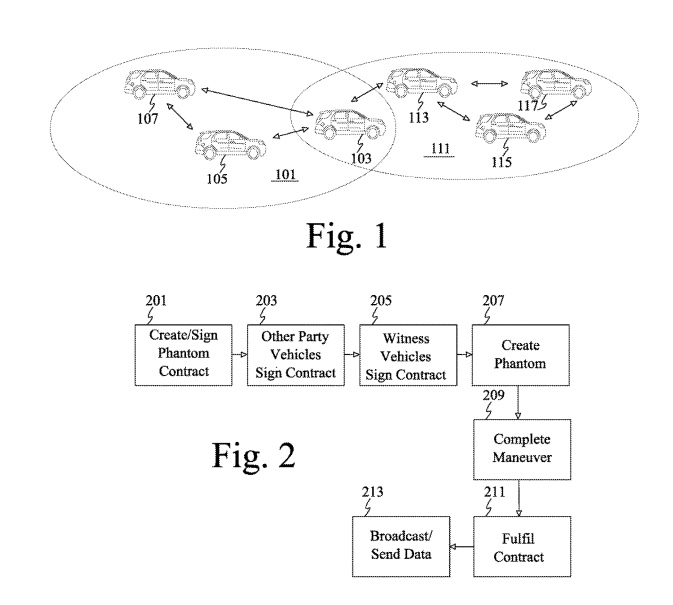
3. Ford’s imaginative car contract fulfilment using crypto
Ford plans to use blockchain to allow car owners to transact with each other. For example, a nearby car that slows down to let you pass will get a token reward, which will be deducted from your token wallet. I can already think of the applied telematics and precision accountability (think the potential impact on insurance premiums, rental car rates, car specific credit impact etc.). This is just a snapshot of the things to come in the consumer space.
Patent docs for the nerdy: http://bit.ly/30mrZQe
For more patents that are relevant to UX, check this superb newsletter called Patent Drop.
II
NFTs and their dangers
Non-fungible tokens (NFTs) have been taking the Internet by storm as the new way to own creative content (art, videos, music and beyond). What seemed like a niche development is now becoming a mainstream one. For example, Kings of Leon just announced their new album as an NFT. Simply put, you can own part of the album by purchasing the token. To understand the ways to work with this new tech I’d recommend to check Seth Godin’s one-pager on NFTs: http://bit.ly/30i9tsb
III
The human psychology of blockchain
Tech innovation that doesn’t consider the user is inhumane. If a business’ ultimate goal is a successful product or service adoption, then deep understanding of human behaviours and attitudes should be the start to building those products and services. The following link is a high-level introduction to the underlying blockchain psychology: fear being the fundamental driver. For example, the tech opposition which is sparked by the scepticism of change, and the blind tech adoption that is sparked by FOMO. http://bit.ly/3rsXILl
IV
Why UX is the key to blockchain adoption
You as an experience designer will be responsible for making this new technology meaningful. Designing the right thing and designing it right is something we pride ourselves on, but given that only a select few have worked on such projects (per Paul Graham’s tweet above – it shows). It’s time to start preparing for the TRUE WEB 2.0. And while the following resource is focussed on the digital touchpoints of the blockchain cryptocurrency tech, it’s an excellent primer for those who want to wrap their heads around the UX and UI of blockchain: http://bit.ly/2MROvNw
V
Horse vs automobile
A final note from my gram:
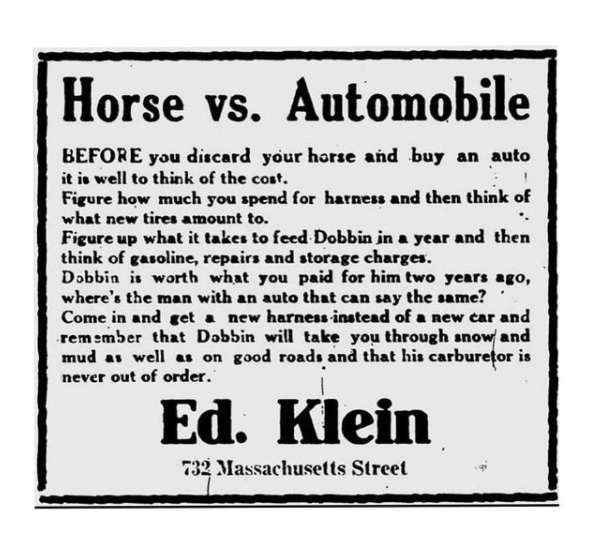
The universal tech evolution dynamics represented in two variables. You can easily replace it with: library vs Internet, books vs ebooks, code line vs GUI, paper vs UI, fiat vs crypto and so on. What persists is the inevitable shift in how humans perceive and experience these mediums.
The value shifts with perception: as more efficient ways of achieving goals come into play; more people develop new behaviours and attitudes. Experiences that once were great become subpar.
Because of a better counterpart, horses are no longer seen as a viable transport option or utility. My knowledge is limited, but I’d say the companionship is probably the one experience that horses still fulfil much better than any automobile could.
Every other variable described before will follow suit.
